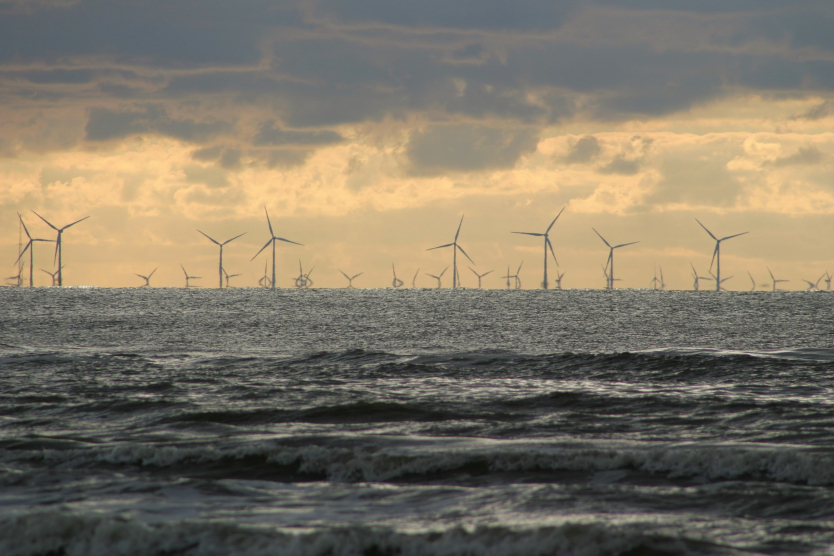
Innovative hydro-acoustic methods may provide for a smoother installation of offshore-windfarms.
© pixabay
During the last ice age, large glaciers transported gigantic rock masses with them, which today are to be found as individual boulders in different sediment layers. These boulders can impede the insertion of pile foundations and are therefore a serious problem for the building of offshore wind farms. Before any building work can begin, an in-depth analysis of the subsoil is therefore needed. Whilst metallic objects and other obstructions can be detected by means of magnetic, gravimetric or electric methods, these methods have their limitations when it comes to the detection of boulders. For this reason, the Fraunhofer Institute for Wind Energy Systems (IWES) and the Department of Marine Technology and Environmental Research of the University of Bremen have been investigating new hydro-acoustic methods for reliably detecting large boulders in bodies of water since December 2016.
Funded by the Federal Ministry For Economic Affairs and Energy, various ship-based geophysical methods are being developed. 2D and 3D measuring systems are being used in order to be able to efficiently determine potential risk areas. Diffractional analyses and CRS processing methods as well as beam steering for seismic data are being used to evaluate the recorded data.
The study is being accompanied by numerical simulations to estimate the potential and the limitations of the methods used and to further improve the methods of calculation. This new technology will make it easier to handle risk areas when planning wind farms and cable routes. It will also help to decide early on which installation equipment is needed for the different ground conditions of the sea bed. The research project is running until the end of 2019.


